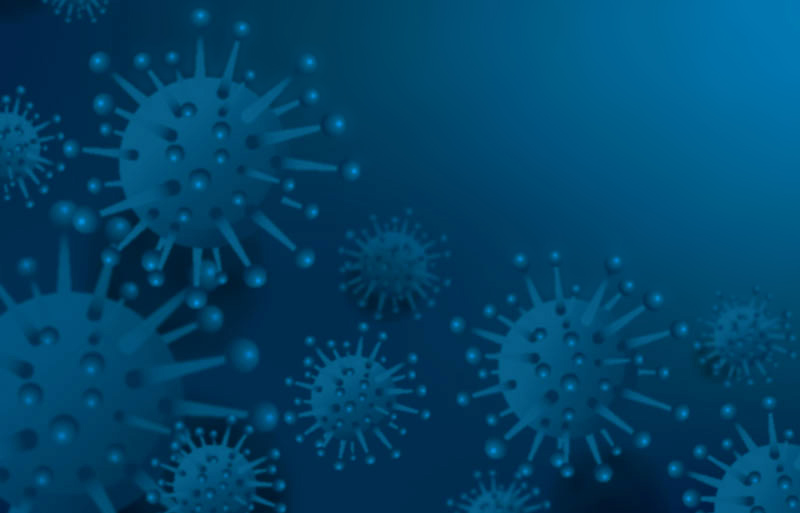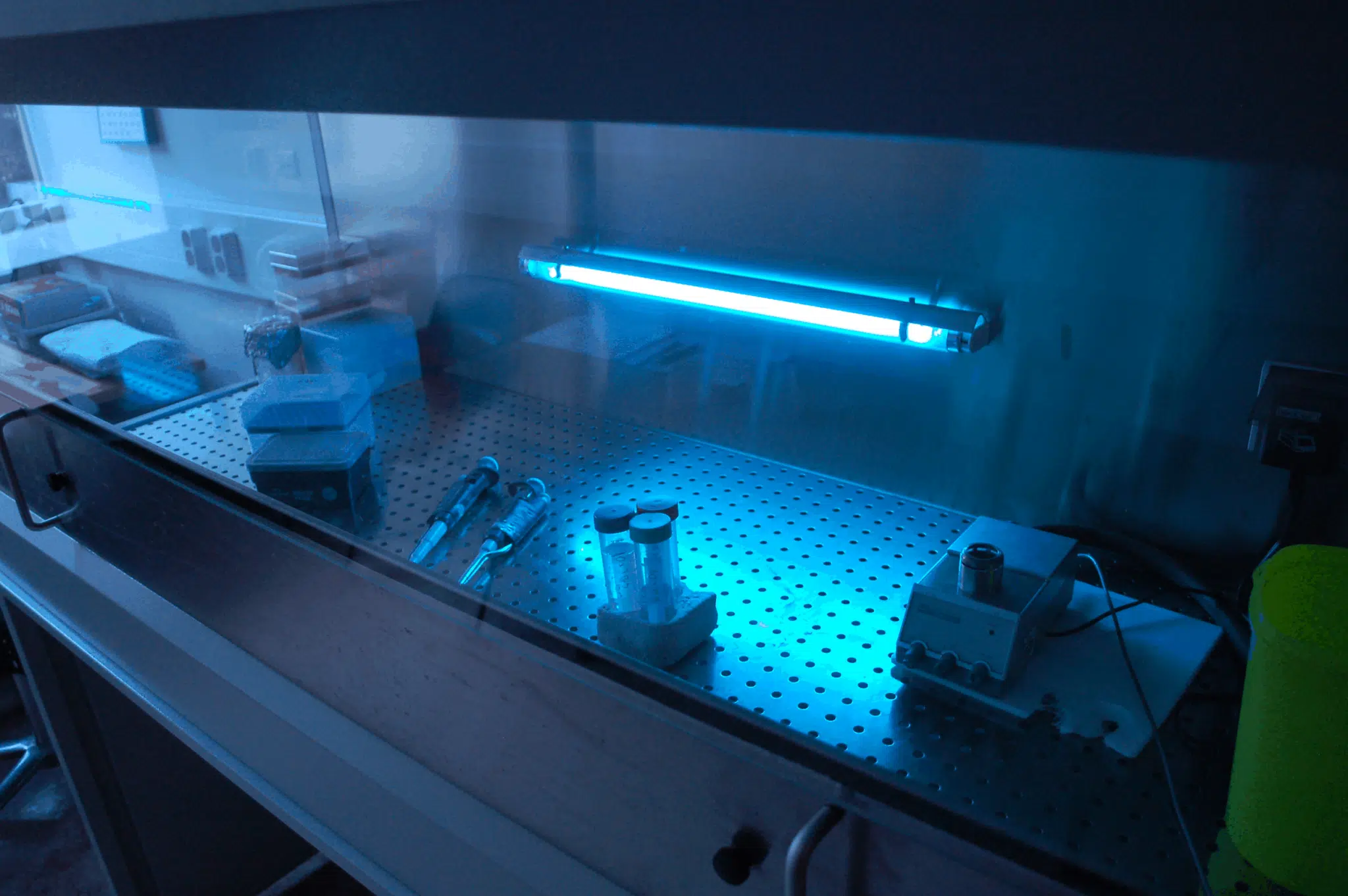Letting Loose the Possible of Far UVC Light: Shielding Public Spaces
In an era where public health and wellness and safety have become critical, the capacity of much UVC light to protect public spaces is a subject of growing interest. We will certainly discover the future effects of much UVC light in forming public health and wellness and safety, leaving no uncertainty that this emerging modern technology is poised to transform the means we safeguard our public rooms.
What Is Far UVC Light?
Much UVC light refers to a certain wavelength of ultraviolet light that has actually been located to have distinct homes in terms of its capability to successfully kill microorganisms while being safe for human direct exposure. Unlike conventional UV light, which can be hazardous to human skin and eyes, far UVC light runs at a wavelength of around 222 nanometers, which is unable to penetrate the outer layer of the skin or the tear layer of the eye.
Research study has shown that much UVC light is capable of suspending a large range of microorganisms, including fungi, bacteria, and infections. This results from its capability to pass through the external layers of these bacteria and damage their DNA or RNA, rendering them not able to duplicate and cause infection. In addition, due to the fact that much UVC light is unable to reach the living cells in the skin and eyes, it does not cause any harm to human tissues.
The special buildings of far UVC light make it an optimal tool for disinfection in public rooms. It can be securely utilized in occupied areas, such as health centers, institutions, airports, and public transport, to continually decontaminate air and surfaces, reducing the risk of transmission of infectious illness. In addition, its safe nature and absence of residual chemicals make it an eco-friendly choice to conventional sanitation approaches.
Just How Does Far UVC Light Safeguard Public Spaces?
Public spaces can be properly guarded by using the unique buildings of much UVC light in order to continually disinfect air and surface areas, lowering the threat of transmission of contagious illness. Far UVC light, with a wavelength series of 207 to 222 nanometers, has been confirmed to be efficient in eliminating bacteria, viruses, and other pathogens without harming human skin or eyes. This makes it an encouraging tool for producing safer settings in public rooms such as healthcare facilities, workplaces, flight terminals, and schools.
Among the crucial benefits of far UVC light is its capacity to be utilized continually in busy spaces. far-uvc. Unlike conventional UV germicidal lamps, which produce UVC light at a wavelength of 254 nanometers that can be harmful to human beings, far UVC light can be utilized securely around people. This permits constant sanitation in locations where individuals gather, aiding to decrease the spread of transmittable conditions
Much UVC light can be integrated right into existing air flow systems or installed as standalone devices in public spaces. When utilized in air sanitation, much UVC light can target air-borne microorganisms, including infections, as they circulate in the air. This helps to lessen the danger of transmission through respiratory system droplets. When used on surface areas, much UVC light can effectively eliminate germs and viruses on high-touch surface areas, such as doorknobs, handrails, and elevator switches.
Applications of Far UVC Light in Public Spaces

One more application of much UVC light is in the disinfection of surfaces. Far UVC lights can be purposefully put in public rooms, such as hospitals, institutions, workplaces, and transportation hubs, to continually sanitize often touched surface areas. This consists of doorknobs, hand rails, lift switches, and kitchen counters. By properly eliminating pathogens on these surfaces, the threat of transmission through call is dramatically lowered.
Furthermore, far UVC light can be used in the disinfection of water. By exposing water to far UVC light, harmful microbes present in the water can be reduced the effects of, making it secure for public consumption. This application is particularly useful in public water fountains, swimming pools, and leisure water facilities.
Advantages of Far UVC Light Over Conventional Disinfection Methods
With its varied functional applications, far UVC light offers numerous advantages over typical disinfection techniques in public spaces. One substantial benefit is its capability to provide continual sanitation without the need for human treatment. Unlike manual cleaning approaches, such as wiping surfaces with disinfectant services site or utilizing UV lamps run by workers, far UVC light can be installed in public spaces to constantly sanitize the air and surface areas without the need for constant monitoring or workforce.
An additional advantage of much UVC light is its performance against a wide variety of virus. Typical disinfection techniques might not constantly be reliable against all types of bacteria, leaving some locations prone to contamination. Far UVC light, on the other hand, has been verified to be effective against a selection of virus, including viruses, germs, and fungi, making it a trustworthy option for extensive disinfection in public rooms.
Furthermore, much UVC light is a ecologically friendly and non-toxic method of sanitation. Unlike why not try these out chemical disinfectants, which may present health and wellness risks and leave damaging residues, much UVC light does not create any unsafe byproducts or residues. It is safe for people to be revealed to and does not damage the setting, making it a lasting choice for disinfection in public spaces.

The Future of Far UVC Light in Public Wellness and Safety
As the need for lasting and effective sanitation methods remains to expand, the future of much UVC light in public wellness and safety and security looks promising. Far UVC light has actually shown excellent possible in efficiently killing virus, consisting of microorganisms and infections, without hurting human skin or eyes. This makes it a risk-free and trustworthy choice for continual sanitation in numerous public areas.
Among the essential advantages of far UVC light is its capacity to suspend air-borne microorganisms (far-uvc). By installing far UVC lights in medical facilities, schools, airports, and other jampacked areas, we can significantly minimize the risk of illness transmission through the air. This has actually ended up being much more essential in light of current outbreaks, such as the COVID-19 pandemic
Furthermore, far UVC light can be find out here now integrated into existing ventilation systems, permitting continual disinfection of the air as it circulates. This means that also in areas with high tenancy rates, the danger of infection can be minimized, offering a safer atmosphere for everybody.
In enhancement to air sanitation, much UVC light can also be utilized to sanitize surfaces. By incorporating much UVC light modern technology into autonomous robotics or portable tools, we can efficiently decontaminate generally touched surfaces, such as doorknobs, elevator buttons, and hand rails.
Final Thought
To conclude, far UVC light has the possible to reinvent public health and wellness and safety by effectively decontaminating public rooms. Its capability to eliminate virus without harm to humans makes it an encouraging service for stopping the spread of transmittable conditions. With its numerous advantages over standard sanitation techniques, such as no chemical residue and constant disinfection, far UVC light holds great guarantee for future applications in guarding public areas.
In a period where public health and wellness and safety have come to be vital, the potential of much UVC light to guard public areas is a topic of growing interest. We will certainly explore the future ramifications of far UVC light in shaping public health and safety and security, leaving no doubt that this emerging innovation is positioned to revolutionize the means we safeguard our public spaces.
Unlike conventional UV germicidal lamps, which give off UVC light at a wavelength of 254 nanometers that can be harmful to human beings, much UVC light can be made use of securely around individuals - far-uvc.In conclusion, much UVC light has the prospective to change public health and wellness and security by properly disinfecting public spaces. With its countless benefits over traditional disinfection approaches, such as no chemical deposit and constant disinfection, far UVC light holds terrific pledge for future applications in guarding public rooms